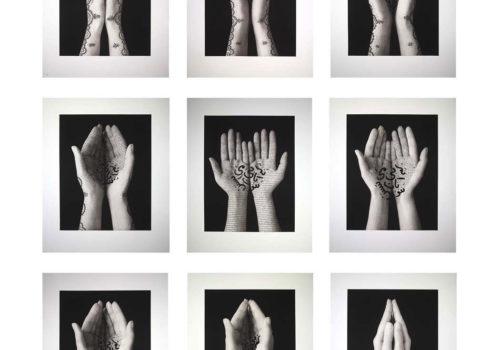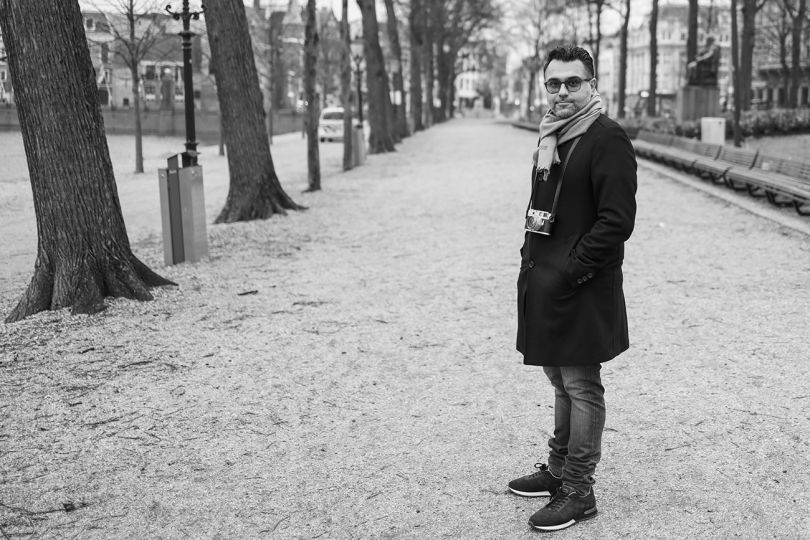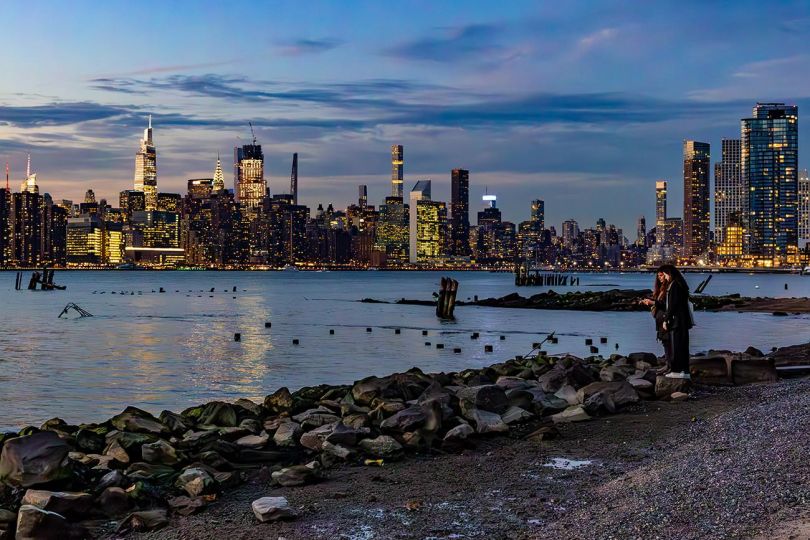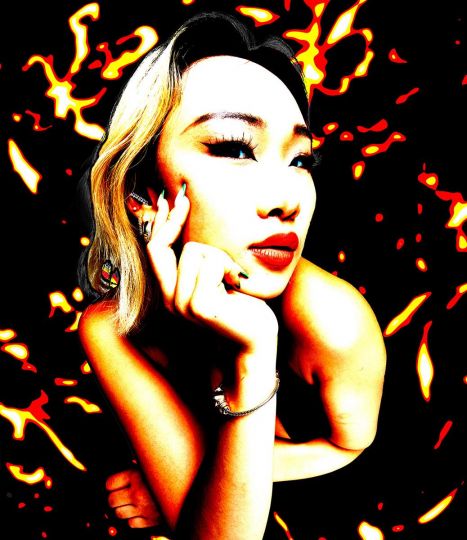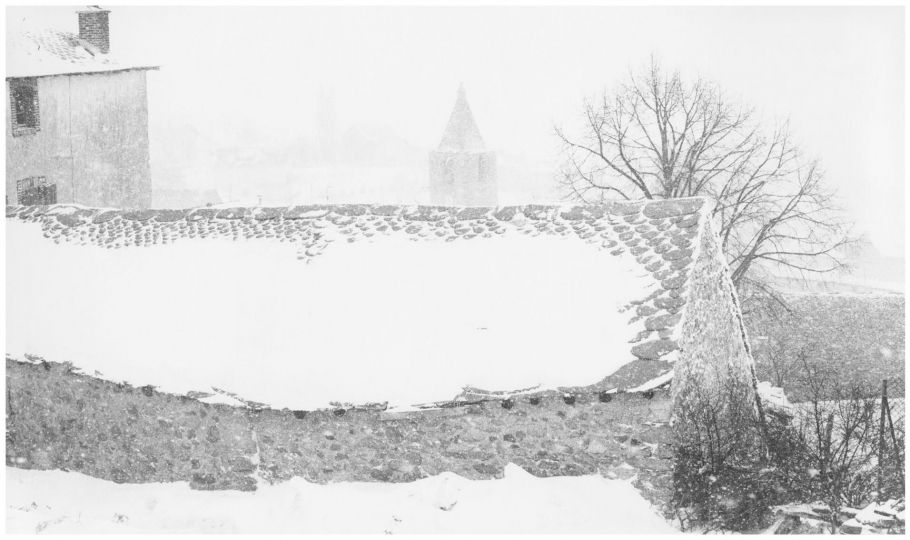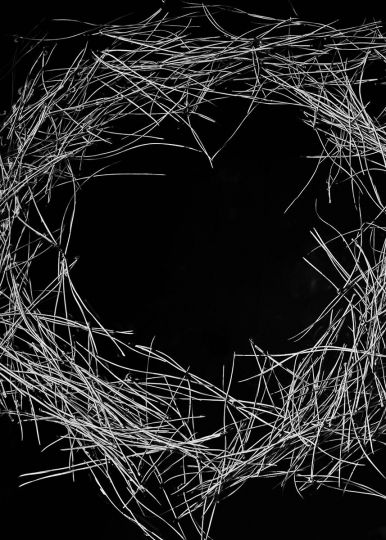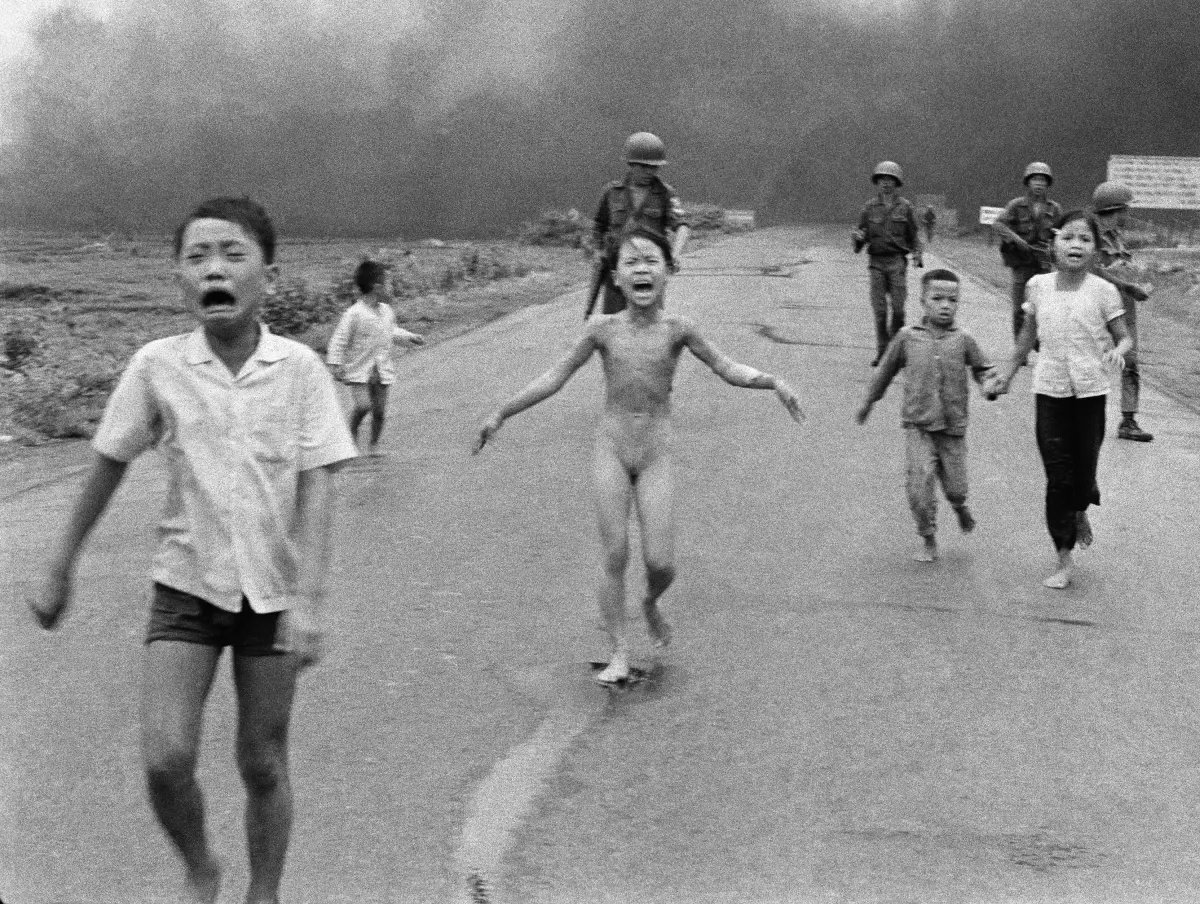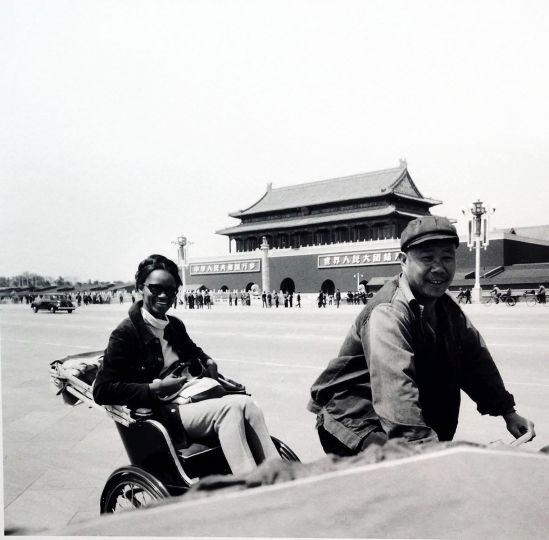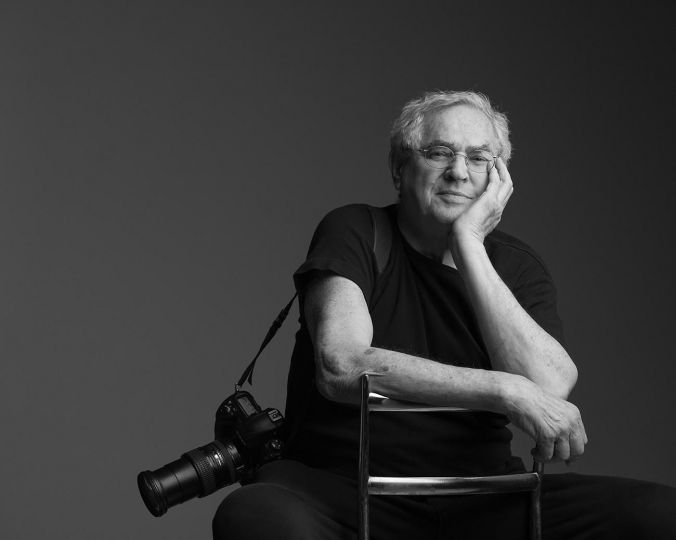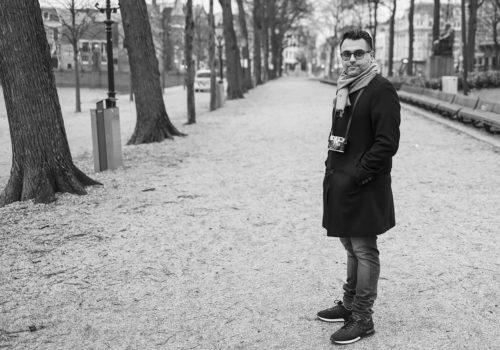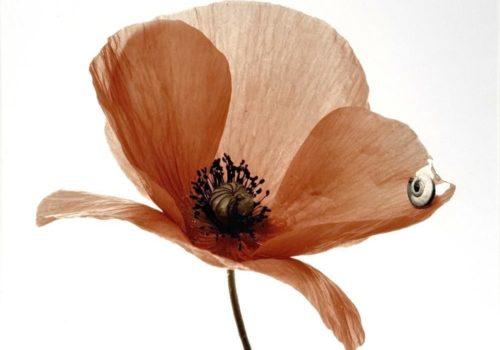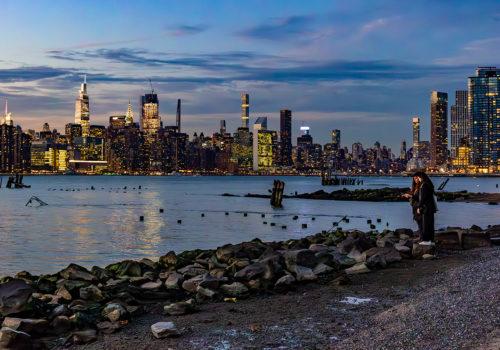Our collaborator CYJO attended Art Basel Miami and Miami Art Week which just ended. She kept her Journal there: here is the first part from Wednesday December 3, 2024.
Untitled, Wednesday, Dec 3rd, 2024
The morning bit sharp and clean at 58 degrees—the coldest it had felt all year. It cut through the stillness as I stood on the balcony, watering my monstera plant. It had an orange cast from the sunrise that stretched from behind the clouds, burning the edges of it into gold. Miami’s skies never disappoint. They’re theater every day, and they always demand your attention.
By afternoon, the city stirred with its usual rhythms: back-to-back traffic and the weight of a schedule pressing in. Crossing the MacArthur, and then turning onto Alton, I hit a red light. That’s when I saw Lori from Cultured magazine walking down the street.
- LeRoy Neiman Center for Print Studies, Colombia University School of the Arts –
- Galería Zielinsky – Vera Chaves Barcellos, Mãos na praia (Castelldefels), 1986
- Christine Park Gallery, Xyza Cruz Bacani, We are Like Air, 2013-2017
- MKG127, Jason Lujan, Origami Necklace, Donna with Menpo, 2022
- The Ant Project, Carina Mask, Untitled (Hiburi Kamakura), 2018
- Aperture, Arielle Bobb-Willis, Keep the Kid Alive, 2015-2023
- Pi Artworks, Jyll Bradley, Within A Budding Grove, 2024

